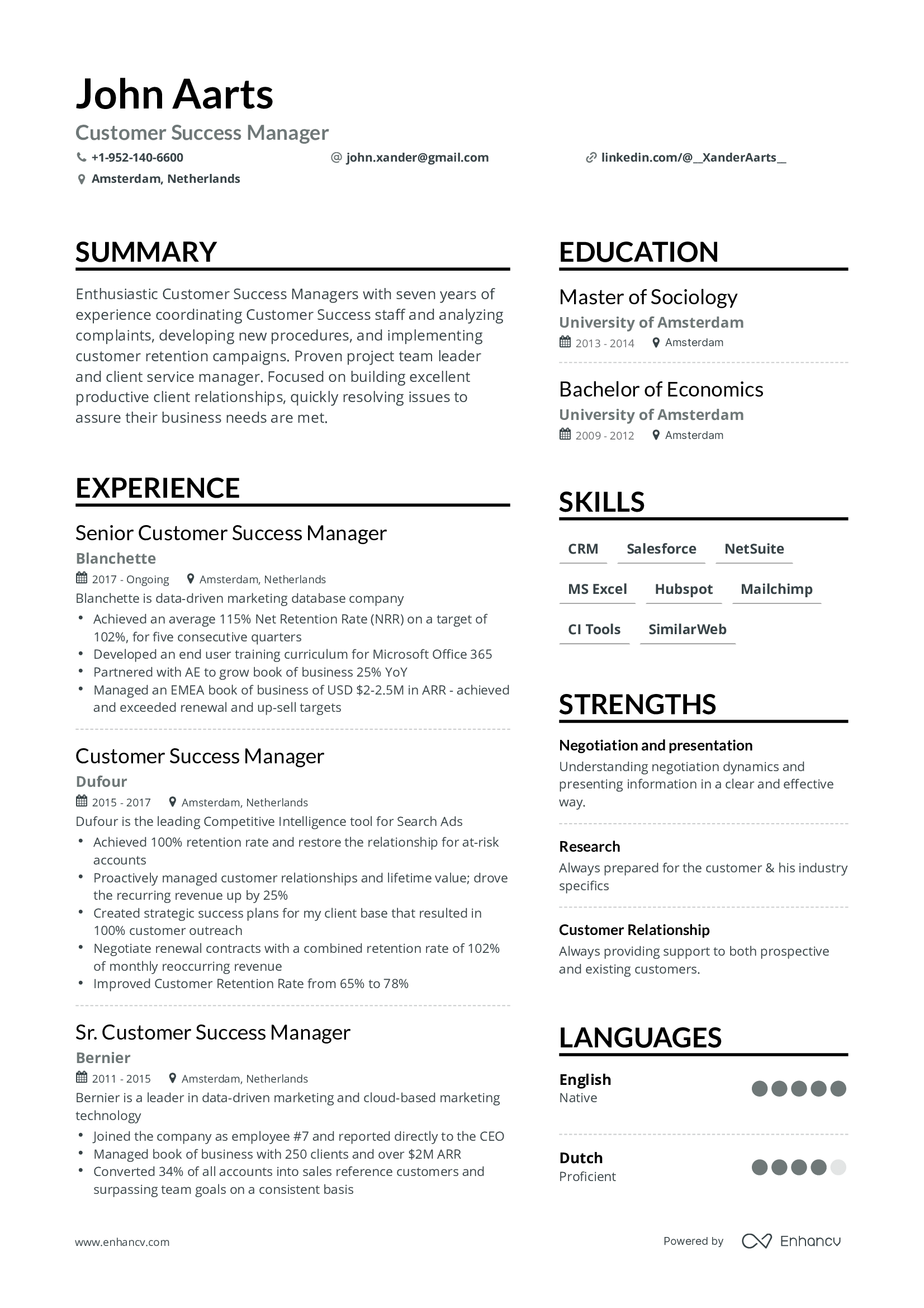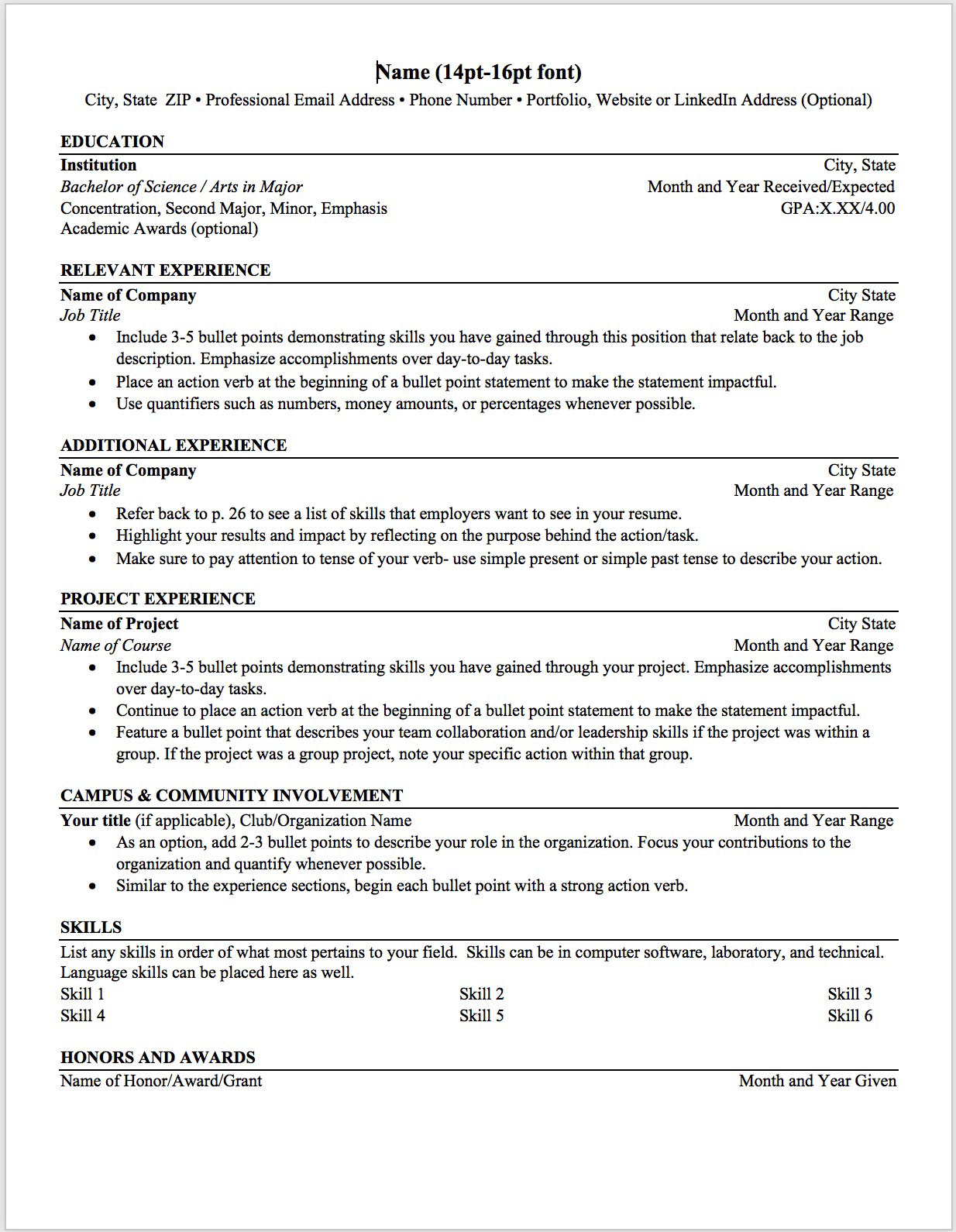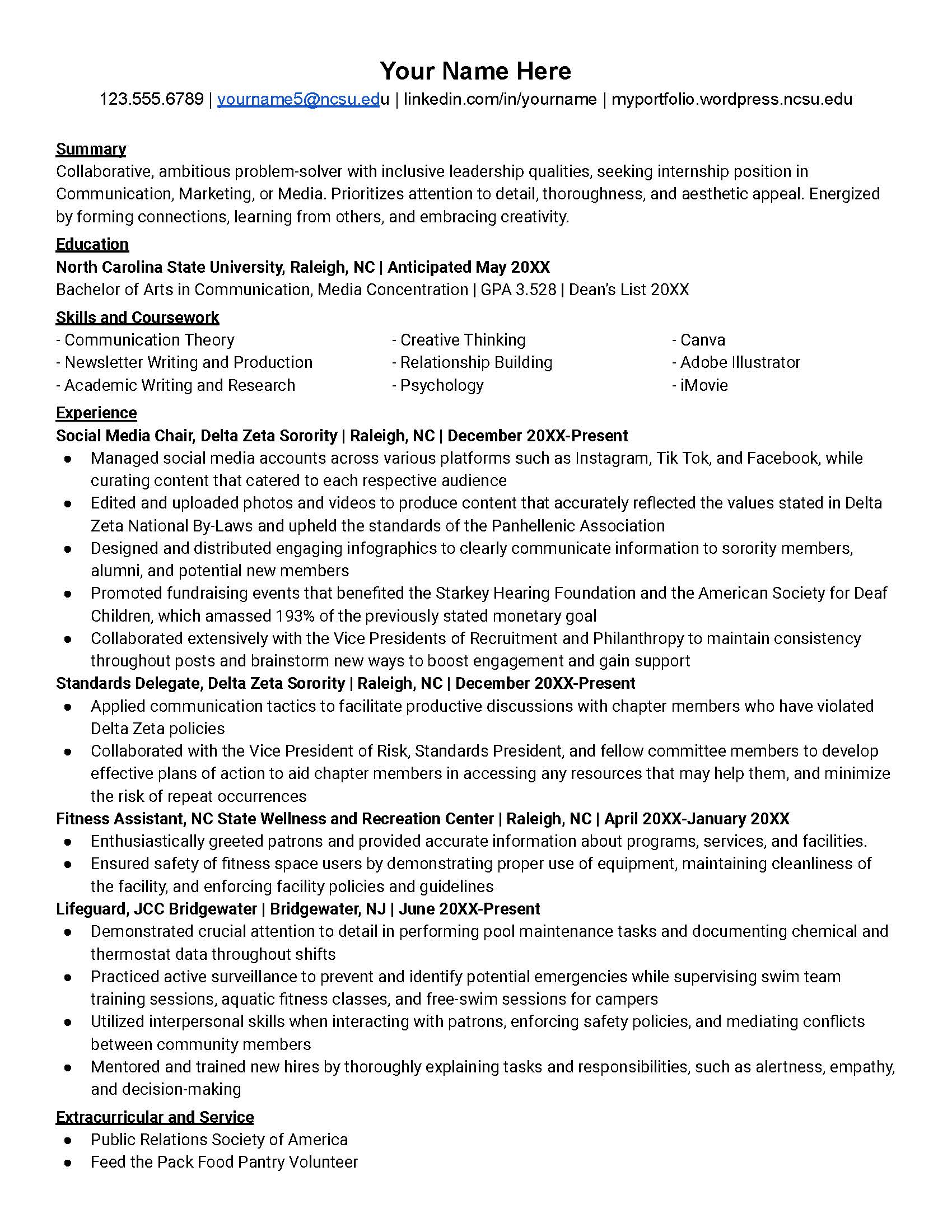
Need help on writing your paper or have general research questions? Get 24/7 help from a librarian!
FALL 2023 HOURS
| Monday | 8:00am - 9:00pm |
| Tuesday | 8:00am - 5:00pm |
| Wednesday | 8:00am - 9:00pm |
| Thursday | 8:00am - 9:00pm |
| Friday | 8:00am - 3:00pm |
| Saturday | 4:00pm - 9:00pm |
| Sunday | 4:00pm - 9:00pm |
** Hours vary during summer session, school breaks and exams. Please call or follow us on  for updates!
for updates!
Have a Question?
Call Us: 864-587-4208
Email Us: smclibrary@smcsc.edu
Use our "Have a Question or Comment?" Form
A well-crafted resume is your key to landing that dream job, so it's important to get it right. Here are the essential sections you should include:
1. Contact Information:
2. Summary or Objective:
3. Work Experience:
4. Education:
5. Skills:
6. Optional Sections:
Additional Tips:
By following these tips and including the essential sections, you can create a resume that will grab the attention of hiring managers and help you land your dream job.
Here are some additional resources that you may find helpful:
Choosing the right resume template can significantly enhance your job application! Here are some places that offer free templates:
Additional Tips:
Remember, the best template is one that effectively showcases your strengths and grabs the attention of hiring managers. Don't hesitate to experiment and find the perfect fit for your needs!


